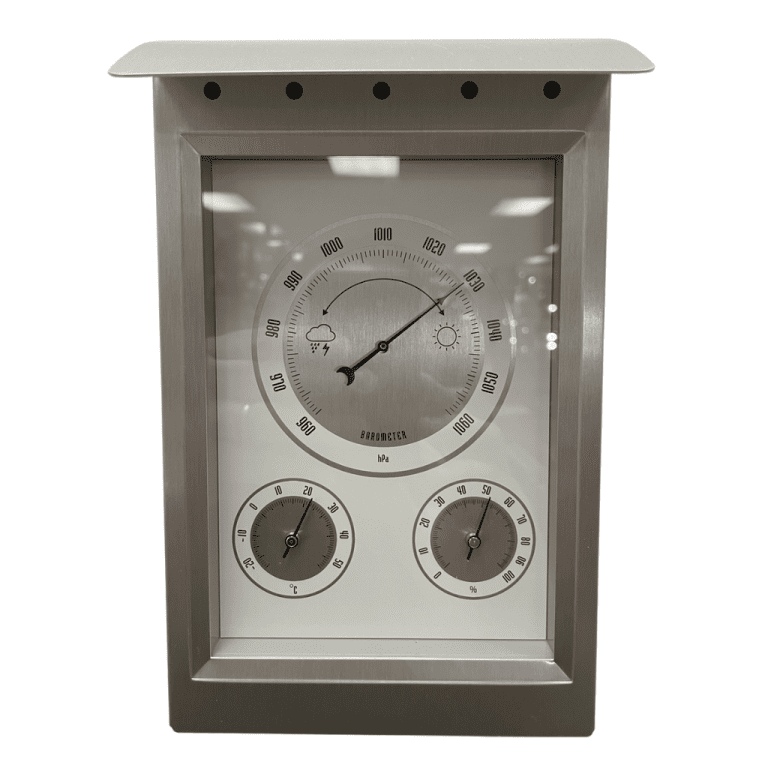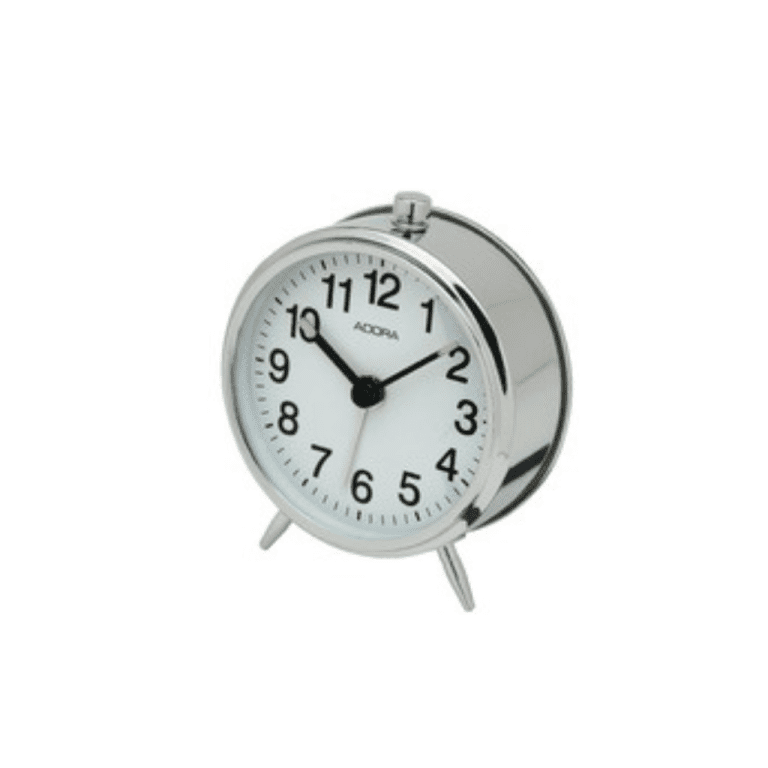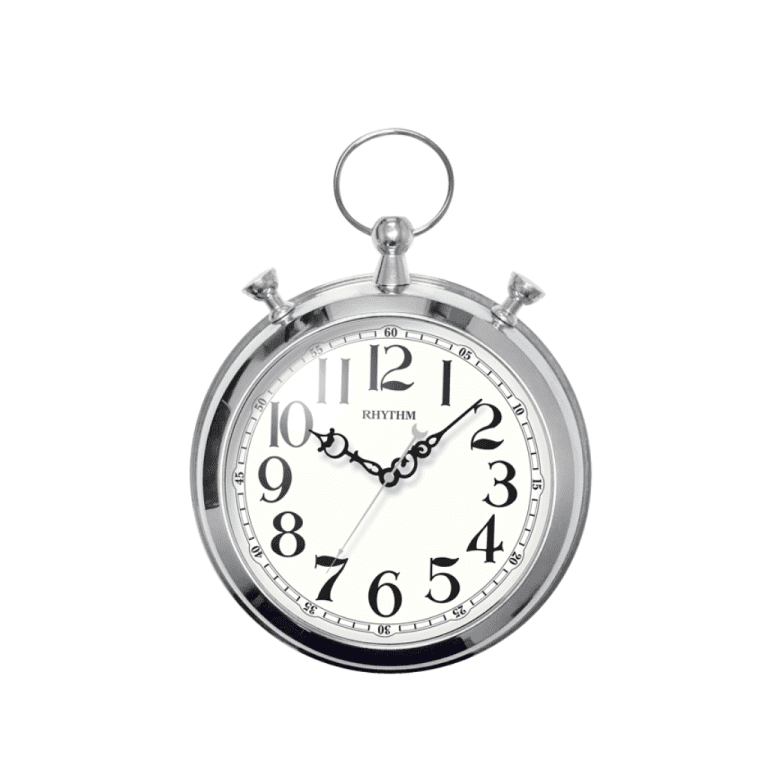Water clocks, or clepsydras, present a fascinating chapter in the history of timekeeping. These clocks, dating back to ancient Egypt and China, used the flow of water to measure time. The Greeks refined this technology, introducing mechanisms for more accurate measurements, making water clocks a vital tool in various cultural and scientific applications, including timekeeping in monasteries.
Mechanical
The 14th century heralded a revolution in timekeeping with the invention of the mechanical clock. These early clocks, driven by weights and gears, were not just timekeepers but also marvels of medieval engineering. They brought about a paradigm shift, moving humanity from natural cycles to mechanized time, and were crucial in urban centers for coordinating daily life.
Astronomical
Astronomical clocks, a blend of art and science, emerged as a grand expression of the era’s technological and astronomical knowledge. These clocks, often adorned in cathedrals like the famous one in Prague, displayed not only time but also astronomical information such as lunar phases, zodiac signs, and sometimes even planetary positions.
Spring-driven
The 15th century introduced spring-driven clocks, liberating clock design from the heavy weights and allowing for smaller, more portable timepieces. This innovation laid the groundwork for personal timekeeping and eventually led to the development of the first pocket watches in the 16th century.
Pendulum
The pendulum clock, introduced by Christiaan Huygens in 1656, marked a significant leap in accuracy. The regular motion of the pendulum allowed these clocks to be far more precise than their predecessors, transforming scientific timekeeping and becoming a symbol of precision in the Age of Enlightenment.
Electric
The late 19th and early 20th centuries saw the advent of electric clocks. These clocks, powered by electricity, were more consistent than mechanical ones and laid the foundation for more advanced timekeeping technologies, including the electric synchronization of clocks.
Quartz
In the 20th century, quartz technology revolutionized timekeeping. Quartz clocks use the regular vibrations of a quartz crystal to keep time, offering unprecedented accuracy. This technology is the cornerstone of most modern watches and clocks, reflecting humanity’s continuous quest for precision.
Atomic
Atomic clocks, developed in the mid-20th century, represent the pinnacle of timekeeping technology. These clocks measure time based on the vibration frequencies of atoms, primarily cesium or rubidium, and are so accurate they will not lose a second in millions of years, underpinning the modern global timekeeping standard.
Credited to: https://historycooperative.org














